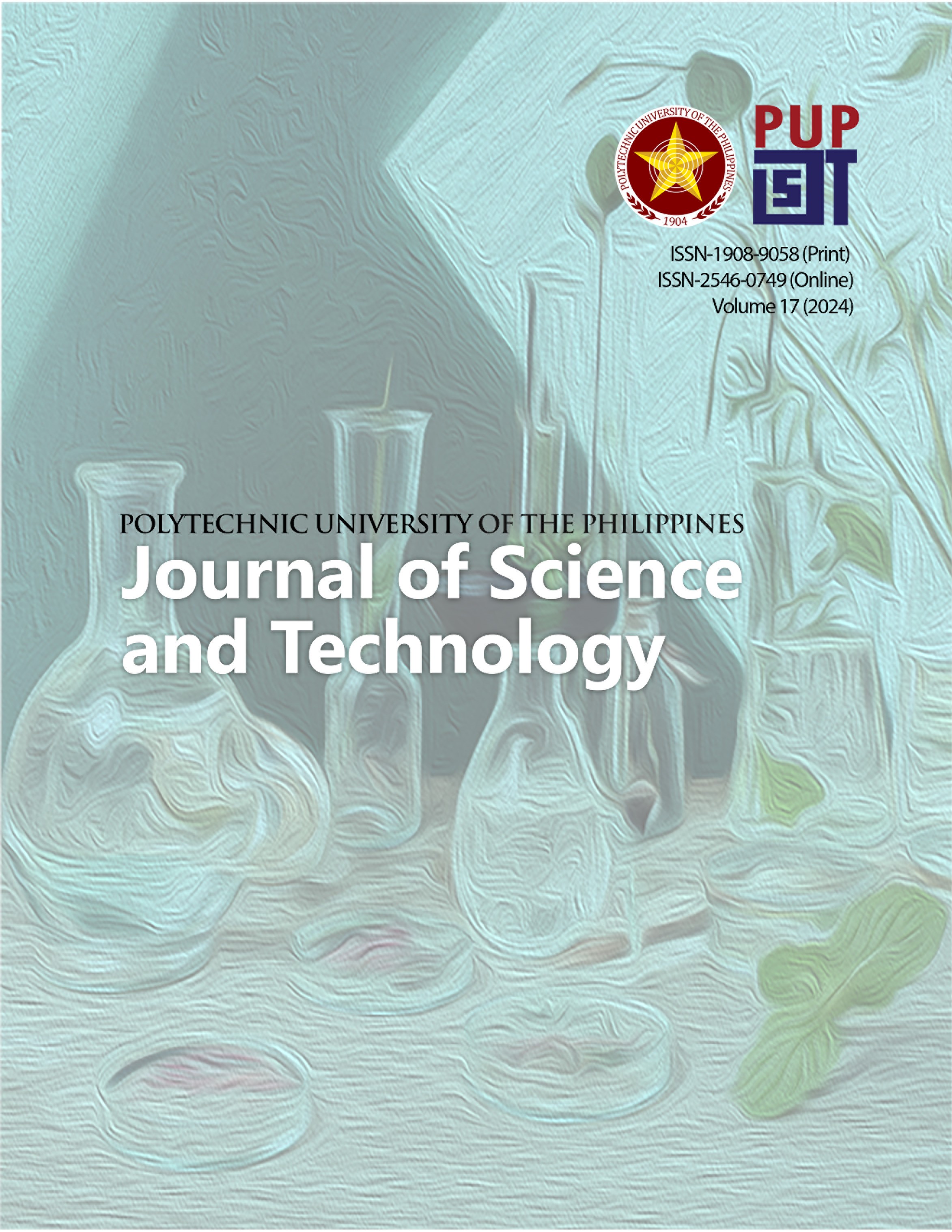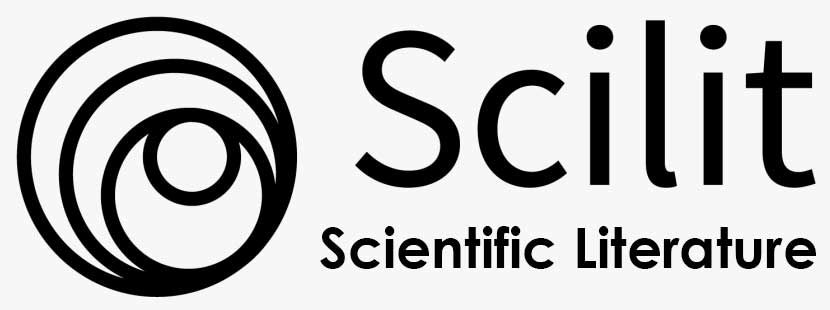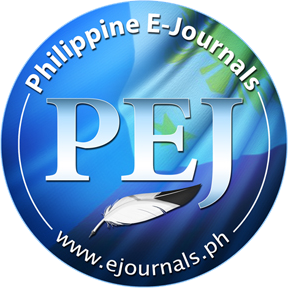Effect of Groin Field Installation in the Shoreline in Agoo, La Union, Philippines
DOI:
https://doi.org/10.70922/bnydr973Keywords:
Groin field impact assessment, Remote sensing, Coastal erosion, Optimization algorithmsAbstract
Shoreline accretion and erosion are heightened by rising sea levels and powerful storm waves, posing increasing challenges for coastal communities. In response, groin fields—specialized structures built perpendicular to the shore to trap sand—have been implemented. To ensure effective coastal management, ongoing monitoring of these structures is essential. Satellite images from Google Earth were utilized to investigate the groin field's impact on the study area. This study proposes a technique for shoreline position detection and extraction from satellite images through threshold segmentation, edge detection, and automatic curve selection. The processed images provided shoreline positions used to calculate the change in shoreline width before and after the groin field construction. The influence of a groin field on shoreline change is investigated in the coastal zone of Agoo, La Union. Larson's shore model is fitted to the detected shoreline positions utilizing the TikTak global optimization algorithm and the Broyden-Fletcher-Goldfarb-Shanno (BFGS) algorithm. This process determines the optimal shore diffusivity and breaking wave angle for each year that best represents the shoreline position. In regions of the groin field with greater sand transport, higher shore diffusivity values and smaller breaking wave angles are observed. This research can be utilized for preliminary investigations of coastal areas with groin-like structures. Studying the interaction between the groin field and the shoreline provided valuable data for researchers to consider. This information can be used to assist in forming strategies for optimizing groin placement and understanding potential shoreline alterations following their installation.
Downloads
Downloads
Published
Issue
Section
License
Copyright (c) 2024 PUP Journal of Science and Technology

This work is licensed under a Creative Commons Attribution-NonCommercial 4.0 International License.







